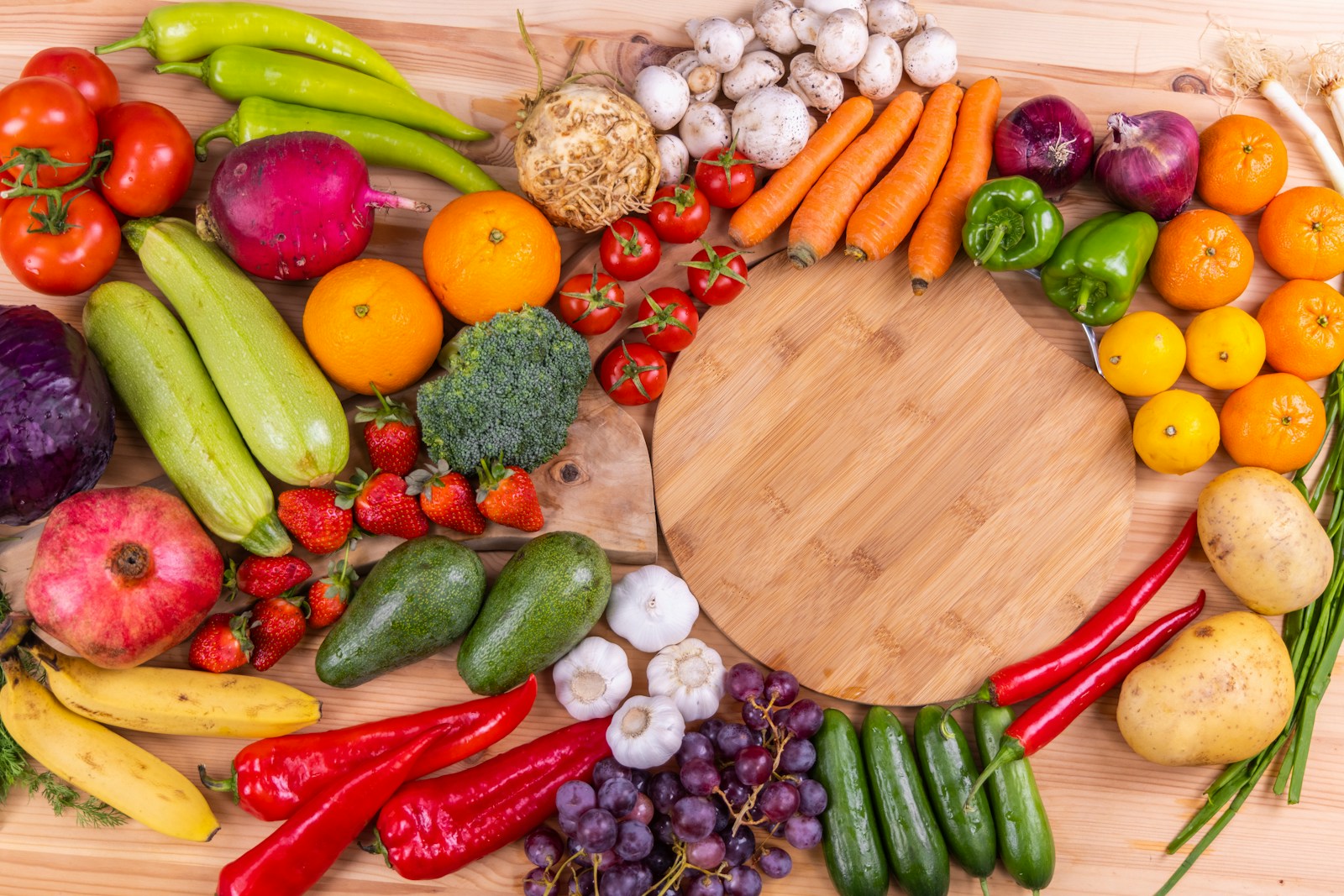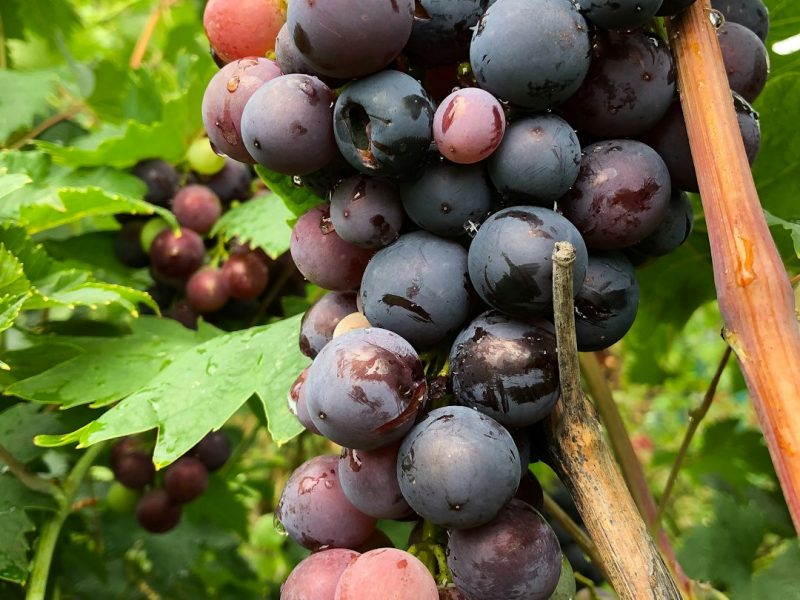Fresh produce is a staple in every healthy kitchen, but nothing is more frustrating than seeing your fruits and vegetables wilt, spoil, or mold before you can enjoy them. With rising grocery costs and a growing awareness of food waste, finding the best produce saving products has never been more important. Whether you’re a meal prep enthusiast, a busy parent, or simply someone who loves fresh salads and smoothies, investing in the right produce storage containers and tools can save you money, reduce waste, and help you eat healthier.
In this comprehensive guide, we’ll explore the top-rated products designed to keep produce fresh and extend the shelf life of your favorite fruits and vegetables. We’ll break down the science behind these solutions, review the best options on the market, and offer practical tips for maximizing the freshness of your produce. By the end, you’ll have everything you need to make smarter choices in your kitchen and enjoy your groceries at their peak.
Table of Contents
- Why Produce Spoils: The Science Behind Freshness
- How Produce Saving Products Work
- Top 12 Best Produce Saving Products in 2025
- Pros & Cons Table
- Expert Tips for Storing Fruits and Vegetables
- Frequently Asked Questions
- Conclusion
Why Produce Spoils: The Science Behind Freshness
Before diving into the best produce saving products, it’s important to understand why fruits and vegetables spoil so quickly. The main culprits are:
- Ethylene Gas: Many fruits and vegetables emit ethylene, a natural plant hormone that accelerates ripening. One overripe apple can quickly spoil a whole drawer of produce.
- Moisture: Excess moisture creates a breeding ground for mold and bacteria, leading to slimy greens and mushy berries.
- Improper Airflow: Lack of ventilation can trap gases and moisture, speeding up spoilage.
- Temperature: Some produce prefers cool storage, while others last longer at room temperature.
Produce saving products are designed to address these issues by controlling humidity, absorbing ethylene, and promoting proper airflow.
How Produce Saving Products Work
Modern produce storage containers and tools employ a variety of strategies to keep produce fresh:
- Ventilation Systems: Containers with adjustable vents or mesh inserts allow air to circulate, preventing moisture buildup and slowing spoilage.
- Ethylene Absorbers: Devices like Bluapple or Freshglow Freshpaper use natural minerals or plant extracts to trap ethylene gas, delaying ripening and decay.
- Moisture Control: Elevated bases, drip trays, and colanders keep produce away from standing water, reducing mold risk.
- Airtight Seals: For cut fruits and vegetables, airtight containers prevent exposure to air, which can cause browning and spoilage.
- Specialized Storage: Some products are tailored for specific produce types, such as herb keepers or avocado savers, providing the ideal environment for delicate items.
Top 12 Best Produce Saving Products in 2025
Below, we review the most effective and popular produce savers available today, based on expert recommendations and thousands of customer reviews.
1. Rubbermaid FreshWorks Produce Saver
- Best for: All-purpose produce storage, especially leafy greens and berries
- Features: FreshVent lid for airflow, elevated base to prevent sogginess, multiple sizes, stackable, BPA-free, dishwasher safe
- User Insights: Lettuce, berries, and other perishables last up to a week longer; pays for itself by reducing food waste.
2. Bluapple Produce Saver
- Best for: Ethylene-sensitive produce (apples, avocados, berries)
- Features: Absorbs ethylene gas for up to 3 months, refillable, reusable, compact
- User Insights: Noticeable improvement in produce lifespan, with some reporting shelf life extended by two to three times.
3. Debbie Meyer GreenBags
- Best for: Bulk produce, versatile storage
- Features: Washable, reusable up to 10 times, various sizes, flexible for different storage needs
- User Insights: Flexible and durable, helpful for storing everything from bananas to lettuce.
4. Soopleu Avocado Saver and Tomato Holder
- Best for: Cut avocados, tomatoes, and other small fruits
- Features: Airtight seal, designed for cut produce, easy to use and clean
- User Insights: Effective at preventing browning, though some find the containers slightly challenging to open and close.
5. Prepara Herb Savor Eco
- Best for: Fresh herbs (cilantro, parsley, basil)
- Features: Hard shell, water reservoir for hydration, fits in fridge doors
- User Insights: Herbs stay fresh for up to three weeks, saving money and reducing trips to the store.
6. Freshglow Freshpaper
- Best for: Flexible, chemical-free produce preservation
- Features: Chemical-free, compostable, works for up to 30 days per sheet, fits any container
- User Insights: Simple and effective, especially for berries and greens.
7. Frigidaire PureFresh Fruit & Veggie Saver
- Best for: Compact, long-lasting ethylene absorption
- Features: Lasts up to six months, works in fridge or on countertop, affordable
- User Insights: Significant reduction in food waste and longer-lasting produce.
8. OXO Good Grips GreenSaver Produce Keeper
- Best for: Leafy greens, grapes, broccoli
- Features: Carbon filter for bacteria control, adjustable vent for humidity, dishwasher safe
- User Insights: Grapes and greens last up to a month, making these containers a favorite for salad lovers.
9. Prepworks by Progressive Berry Keeper
- Best for: Berries, cherry tomatoes
- Features: Removable colander, adjustable vent, stackable, compact
- User Insights: Berries last several days longer, easy to clean and store.
10. Crisp Produce Storage
- Best for: Multi-purpose produce storage
- Features: Removable colander, stackable design, suitable for a variety of produce
- User Insights: Versatile, fresher produce across the board.
11. Stackable Produce Saver
- Best for: Small fruits, tight fridge spaces
- Features: Airtight and stackable, drainage for moisture control, colorful, space-saving
- User Insights: Space efficient and improves shelf life for small fruits.
12. Kitchen Vegetable Storage Set
- Best for: Root vegetables (potatoes, onions, garlic)
- Features: Ventilated, light-blocking, keeps root vegetables fresh for weeks, attractive pantry design
- User Insights: Potatoes and onions stay fresh for up to a month, stylish pantry addition.
Pros & Cons Table
| Pros | Cons |
|---|---|
| Extends shelf life of fruits and vegetables | Initial investment required for quality products |
| Reduces food waste and saves money | Some products require regular maintenance (e.g., filter changes) |
| Wide variety of options for every produce type and kitchen size | Not all products fit all fridge or pantry spaces |
| Many options are reusable and eco-friendly | Some containers can be difficult to open or clean |
| Helps organize fridge and pantry for better meal planning | May require trial and error to find the best solution |
| Simple to use—just add produce and go | Some specialty items are only useful for specific produce |
| Can improve taste and texture of stored produce | Overuse or improper use can reduce effectiveness |
Expert Tips for Storing Fruits and Vegetables
- Don’t wash produce until ready to use: Excess moisture can speed up spoilage, especially for berries and leafy greens.
- Separate ethylene producers from sensitive items: Keep apples, bananas, and avocados away from greens and berries.
- Use the right container for each produce type: Leafy greens do best in ventilated containers with moisture control, while root vegetables need darkness and ventilation.
- Check and clean containers regularly: Remove spoiled items promptly and wash containers to prevent mold and bacteria buildup.
- Store at the right temperature: Some produce (like tomatoes and bananas) lasts longer at room temperature, while others (like berries and greens) need refrigeration.
- Rotate your stock: Practice “first in, first out” to use older produce before new purchases.
Frequently Asked Questions
Are produce saving products worth the investment?
Yes. Most users find that the money saved from reduced food waste quickly offsets the cost of quality storage containers and ethylene absorbers.
How do I choose the best produce saver for my needs?
Consider the types of produce you buy most often, your available storage space, and your willingness to maintain (e.g., replacing filters or washing bags). Many people use a combination of containers and ethylene absorbers for best results.
Are reusable produce bags safe for all produce?
Most are designed for versatility, but always check the manufacturer’s instructions. Some produce (like mushrooms) may do better in paper bags or breathable containers.
Can I use these products for organic and conventional produce?
Absolutely. Both types benefit from proper storage, though organic produce may spoil faster due to the absence of preservatives.
How often should I replace ethylene absorbers like Bluapple?
Typically every 3–6 months, depending on the product and your fridge conditions.
Conclusion
Investing in the best produce saving products is one of the smartest moves you can make for your kitchen, your wallet, and the planet. With the right combination of produce storage containers, ethylene absorbers, and reusable bags, you can dramatically extend the shelf life of fruits and vegetables, reduce food waste, and enjoy fresher, tastier meals every day.
What’s your biggest challenge with keeping produce fresh? Have you tried any of these products, or do you have a favorite storage hack? Share your tips and experiences in the comments below!
Meta Title & Meta Description (for SEO)
- Meta Title: Best Produce Saving Products 2025: Top Containers & Tips to Keep Fruits and Vegetables Fresh
- Meta Description: Discover the best produce saving products for 2025. Learn how to keep fruits and vegetables fresh longer with top-rated produce storage containers, ethylene absorbers, and expert storage tips. Reduce food waste and save money today!


